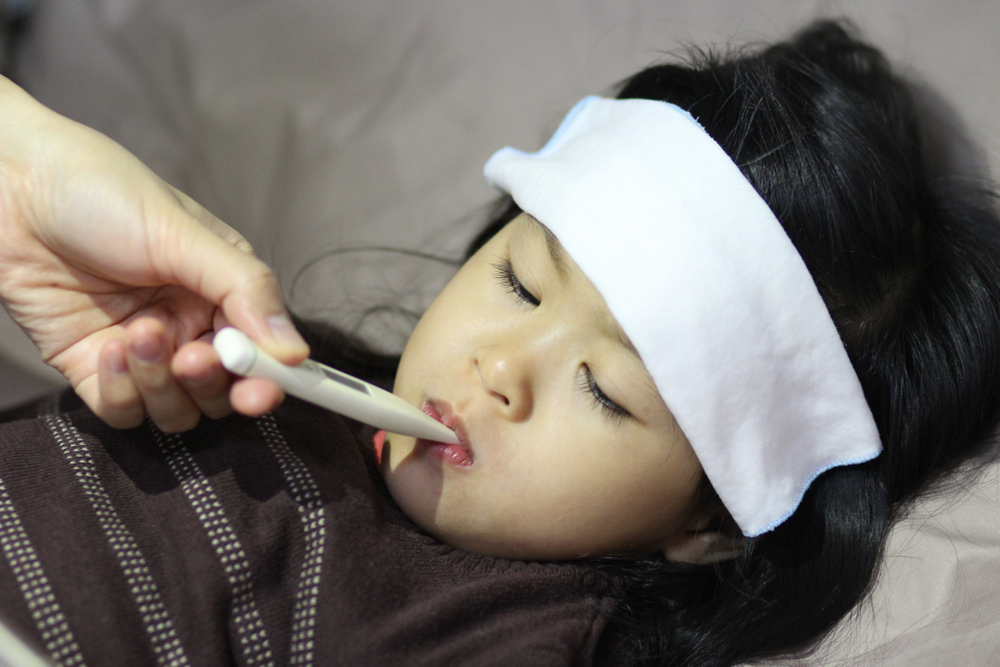Generally speaking, fevers are not dangerous. While they are uncomfortable, most fevers that parents encounter are manageable and benign. Even many of the high ones.
Still, there is nothing that gets parents hotter under the collar than a feverish child. As a pediatrician, I understand the concern. But too often I hear of my sleep-deprived patients rushing to the ER in the middle of the night with nothing more severe than a cold.
A fever is caused when our immune system is activated by a virus or bacterial infection. The fever itself tells us nothing about the severity of the illness causing it, only that an illness is present. A child could have a temperature of 101 and pneumonia, while another could have 104 and a cold.
Even so, it is good to know how high a fever is. Unfortunately, most thermometers that parents use don’t accurately tell them. The most trustworthy reading comes from a rectal thermometer, but I’m not advocating for that for anyone past babyhood. The second-best method is a temporal artery thermometer (the kind you swipe along the forehead). Next is an under-the-tongue thermometer for older kids.
One method I wouldn’t recommend is an ear thermometer. Not only are they inaccurate, if a child has an ear infection, they can be painful.
Once you’ve confirmed the fever, don’t panic. Despite a popular misconception, fevers don’t cause seizures. Febrile seizures, common in children between 6 months and 6 years, occur when a child has a fever, but not because he has one. The same illness that has activated the immune system to trigger a fever also triggers a seizure.
Instead of worrying about fevers, parents would do better to fight them. I generally advocate using Tylenol and Motrin. Neither medication “cures” fevers, but both reduce them and keep kids comfortable.
There are three ways you can administer these over-the-counter fever remedies. The first is to use one, and then administer the other a few hours later if the child is still uncomfortable. The second is to use them at the same time. Because they are processed in the body differently, they don’t counteract one another.
The third way, is to alternate Tylenol with Motrin every three hours. I often recommend this method because Tylenol generally lasts for four hours while Motrin lasts six. So, if you alternate them every three hours, one will not yet have worn off before you introduce the next.
One thing you don’t have to do with a fever, is run to the emergency room. Unless a child is in his or her first two months of life, or has a fever with no other symptoms, there is likely nothing urgent about the fever.
Because our body temperatures rise overnight naturally, fevers often spike in the middle of the night. This can add to the feeling of urgency surrounding fevers. Instead of rushing to the ER, parents can usually wait until morning to call their pediatrician. (If a middle-of-the-night fever is worrying you, call the pediatrician before taking your child to the ER. There is a good chance you won’t need to go.)
The most important thing to remember about fevers is that they are generally uncomfortable, not dangerous. It’s my hope that with a little education, we can reduce the panic that fevers often inspire – so that the next time fever strikes, cooler heads will prevail.
Dr. Julie Palmisano specializes in pediatrics with Hoag Medical Group.



